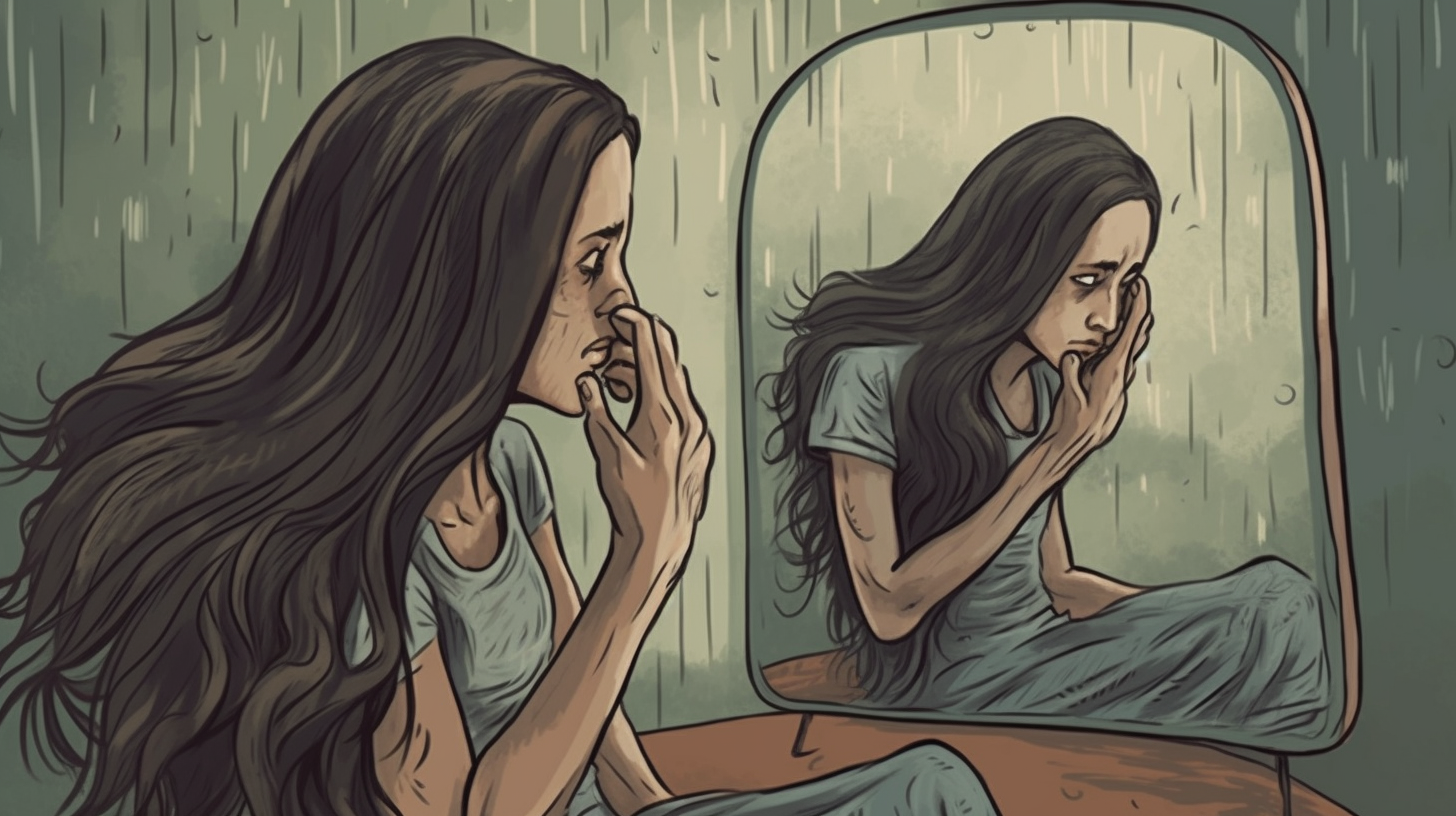
Exploring the Various Types of Hair Loss: A Comprehensive Guide
Hair loss is a common condition that affects millions of people worldwide. It can occur due to a variety of factors, including genetics, hormonal changes, autoimmune disorders, chemotherapy, and stress. In this comprehensive guide, we will explore the various types of hair loss and their causes, symptoms, and treatment options.
Types of Hair Loss
There are several different types of hair loss, each with its own unique characteristics and causes. Understanding these types can help you identify the underlying cause of your hair loss and seek appropriate treatment.
Androgenetic Alopecia
Androgenetic alopecia is the most common type of hair loss in both men and women. It is also known as male-pattern baldness or female-pattern baldness. This type of hair loss occurs when hair follicles shrink over time due to genetic factors and produce thinner and shorter hair strands. In men, this condition typically results in a receding hairline and baldness on the top of the head. Women may experience thinning hair on the crown of the head but usually do not develop complete baldness.
Telogen Effluvium
Telogen effluvium is a temporary form of hair loss that occurs when there is a disruption in the normal growth cycle of hair follicles. This can be caused by stress, hormonal changes, medications, or nutritional deficiencies. Typically, telogen effluvium results in diffuse shedding of hair from all over the scalp rather than specific areas.
Alopecia Areata
Alopecia areata is an autoimmune disorder that causes patchy hair loss on the scalp or other areas of the body. The immune system attacks healthy hair follicles, causing them to stop producing new hairs. This condition can occur at any age and affects both men and women. In some cases, alopecia areata may progress to total hair loss on the scalp (alopecia totalis) or the entire body (alopecia universalis).
Traction Alopecia
Traction alopecia is a type of hair loss that occurs when hair is pulled too tightly for an extended period. This can happen due to tight hairstyles like braids, weaves, or ponytails. Traction alopecia typically results in thinning hair along the hairline or in specific areas where the hair is pulled tightly.
Anagen Effluvium
Anagen effluvium is a type of hair loss that occurs during the anagen phase of the hair growth cycle. This phase is when new hairs are produced, and it typically lasts two to six years. Anagen effluvium can be caused by chemotherapy or radiation therapy, which target rapidly dividing cells like cancer cells but also affect healthy cells like hair follicles. This type of hair loss can occur suddenly and result in complete baldness.
Scarring Alopecia
Scarring alopecia is a rare type of hair loss caused by inflammation that damages the hair follicles and replaces them with scar tissue. This condition can occur due to various factors like infections, autoimmune disorders, or burns. Scarring alopecia typically results in permanent hair loss and scarring on the affected area.
Causes of Hair Loss
The causes of hair loss can vary depending on the type of hair loss you are experiencing. Below are some common causes:
- Genetics
- Hormonal changes
- Autoimmune disorders
- Chemotherapy-induced hair loss
- Stress-induced hair loss
- Nutritional deficiencies
Symptoms of Hair Loss
The symptoms of hair loss can also vary depending on the type of hair loss you are experiencing. Below are some common symptoms:
- Thinning hair
- Bald patches or areas
- Complete baldness
- Itching or burning sensation on the scalp
- Hair breakage or shedding
- Scarring or inflammation on the scalp (in scarring alopecia)
Treatment Options for Hair Loss
The treatment options for hair loss depend on the underlying cause and severity of the condition. Below are some common treatment options:
- Medications like minoxidil, finasteride, or corticosteroids (prescribed by a doctor)
- Hair transplant surgery (for permanent baldness)
- Laser therapy (to stimulate hair growth)
- Hairpieces or wigs (for cosmetic purposes)
- Avoiding tight hairstyles or chemical treatments that can damage the hair follicles (for traction alopecia)
- Treating underlying medical conditions like thyroid disorders or autoimmune diseases (for secondary causes of hair loss)
Prevention Tips for Hair Loss
While not all types of hair loss can be prevented, there are some steps you can take to minimize your risk:
- Eat a healthy and balanced diet rich in vitamins and minerals like iron, zinc, and biotin
- Avoid tight hairstyles or chemical treatments that can damage the hair follicles
- Reduce stress through relaxation techniques like meditation or yoga
- Get regular exercise to improve blood flow to the scalp and promote hair growth
- Take care of your hair by using gentle shampoos, avoiding heat styling tools, and protecting it from harsh weather conditions
- Consult a doctor if you are experiencing sudden or severe hair loss as it may be a sign of an underlying medical condition.
Conclusion
Hair loss can be a challenging condition to deal with, but understanding the different types, causes, and treatment options can help you manage it effectively. Whether you are experiencing temporary or permanent hair loss, there are various solutions available that can help restore your confidence and self-esteem. By taking preventive measures and seeking appropriate treatment when necessary, you can maintain healthy and beautiful hair for years to come.





